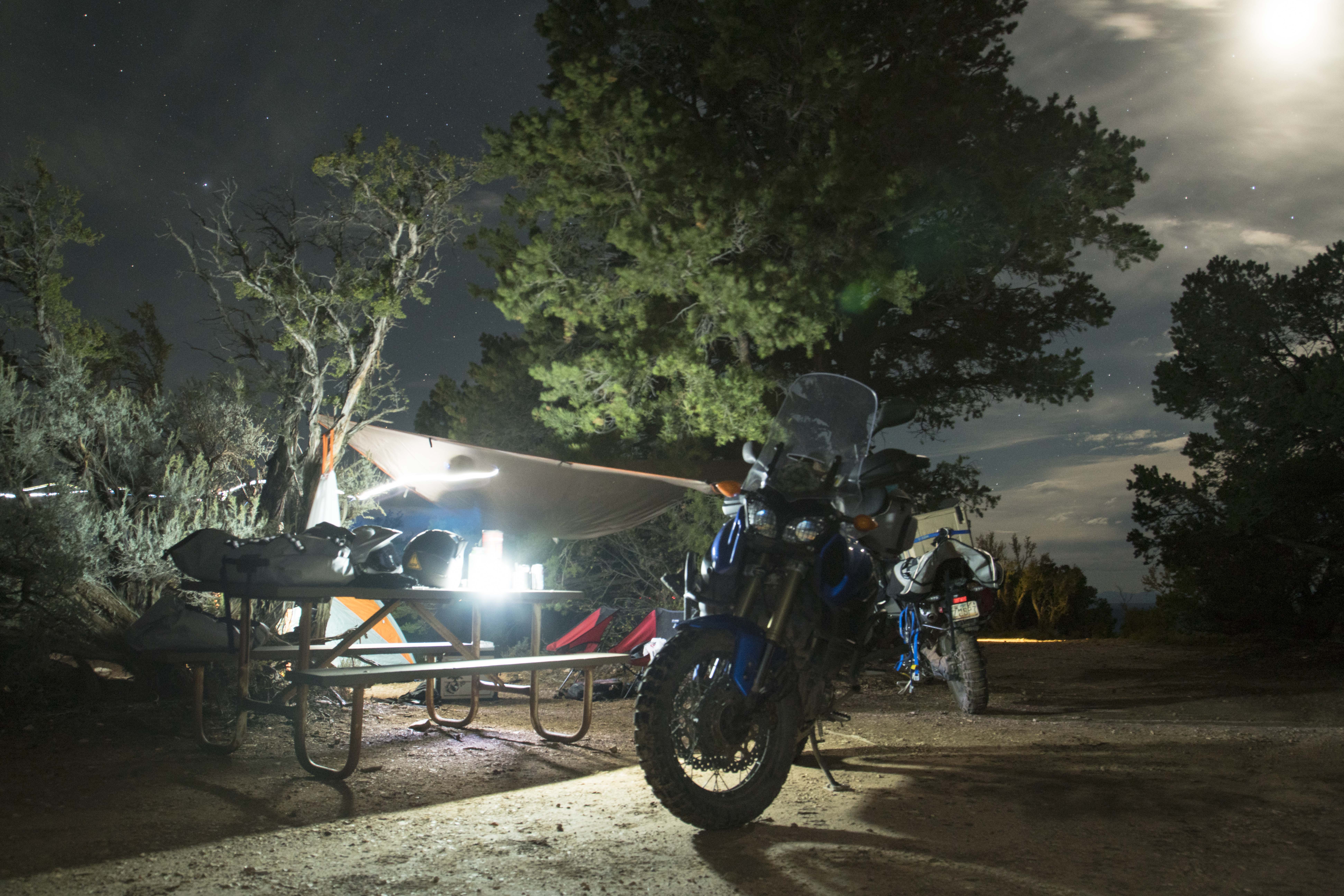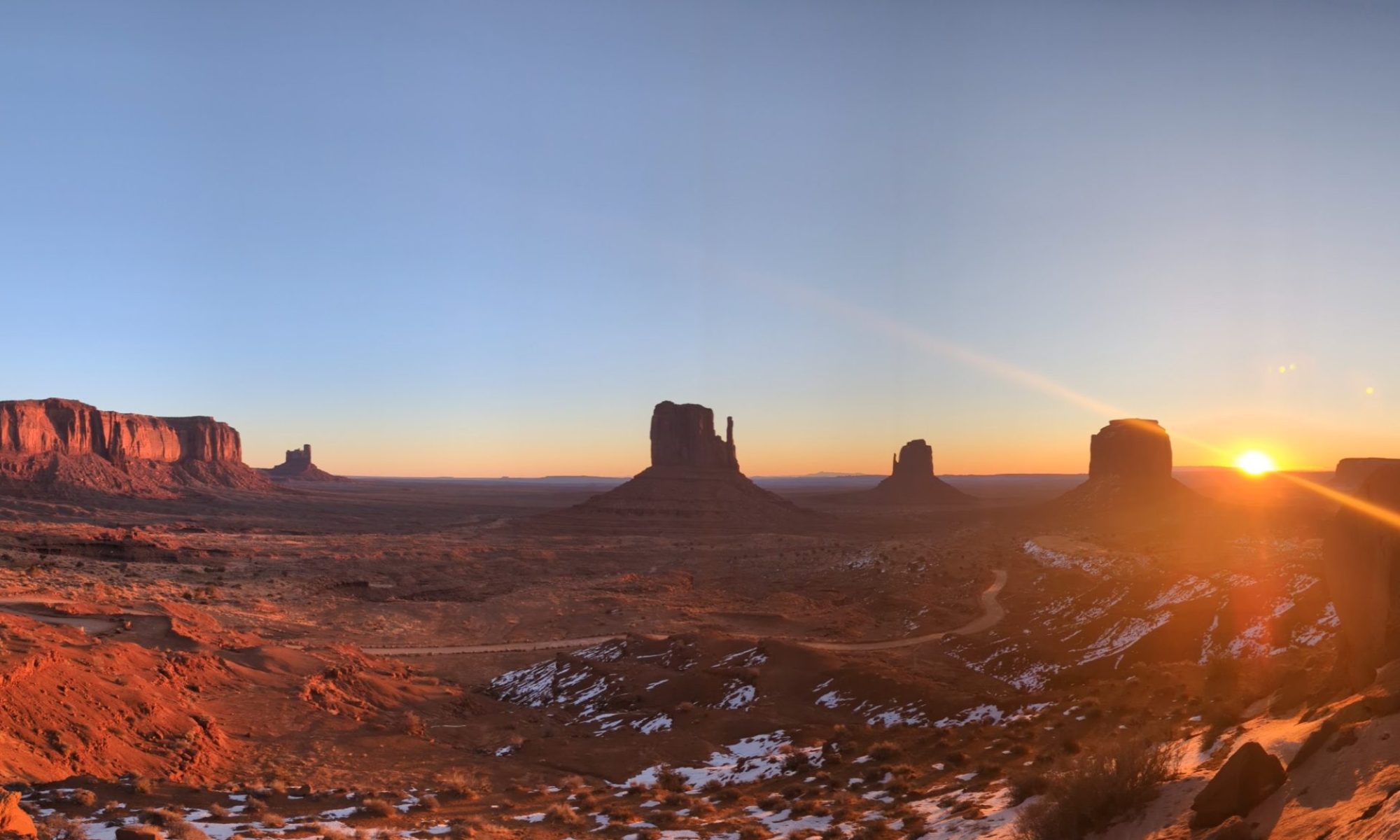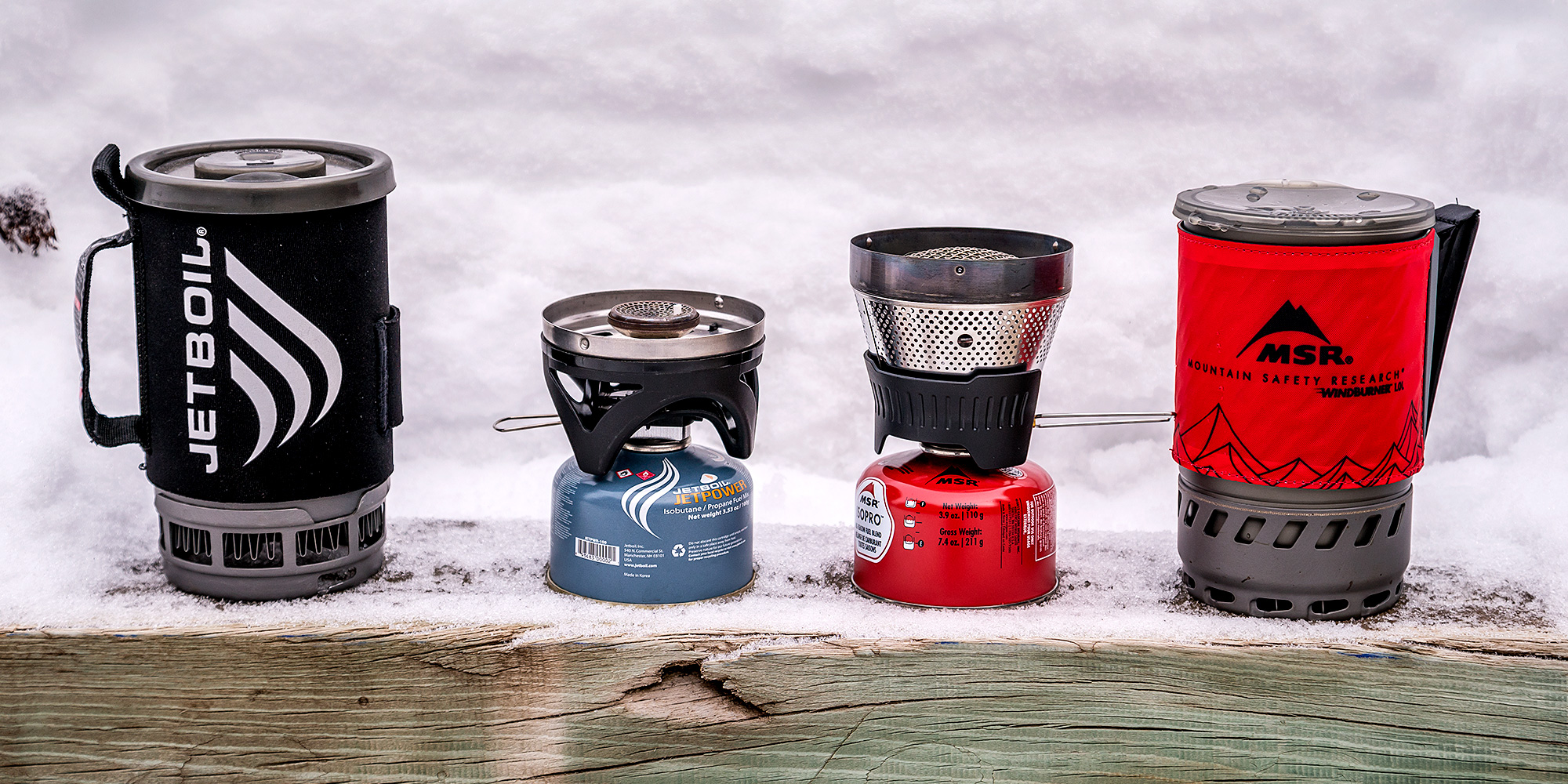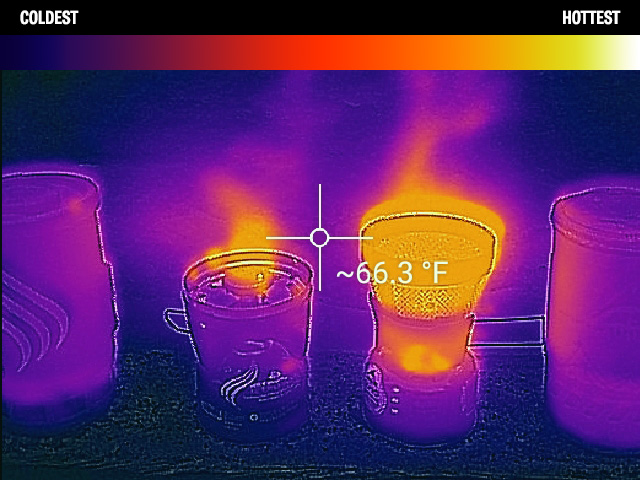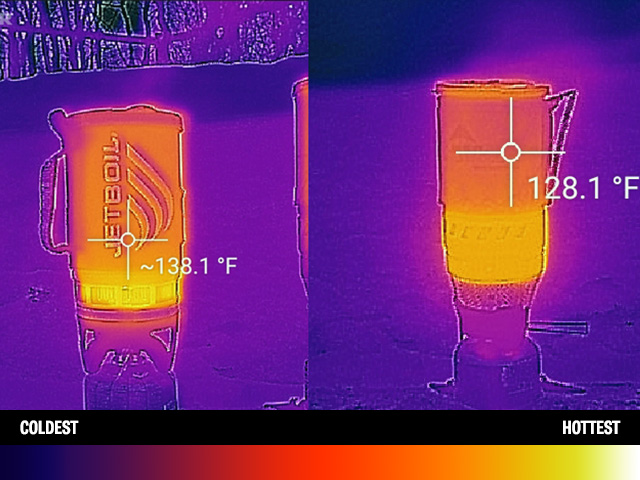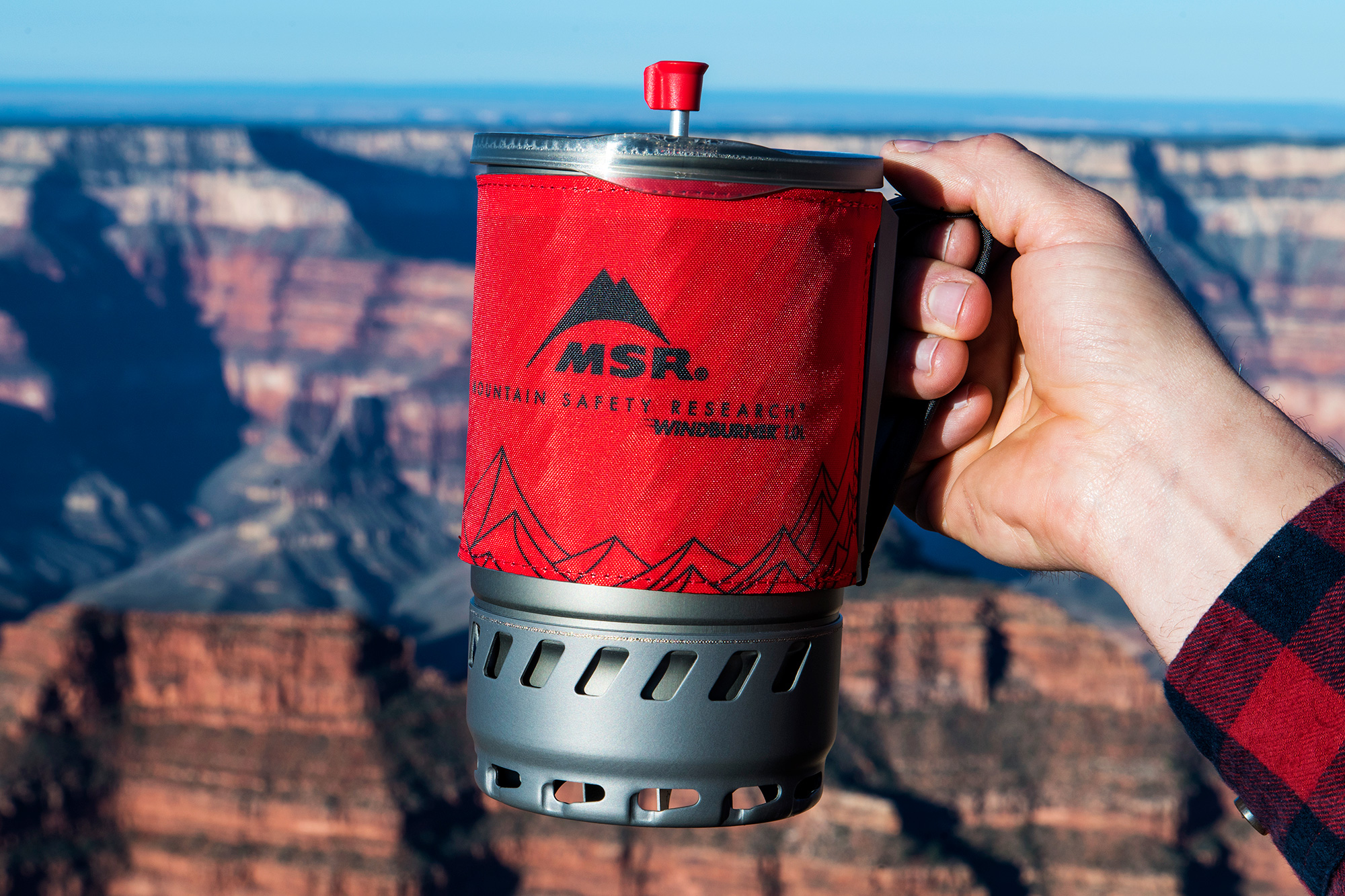When it comes to packing for a moto trip, it’s easy to get carried away. Pretty soon, you find yourself with 17 changes of clothes, and more camping gear than you could use in a month, all for a three-day trip. On the other hand, what will you do if your machine breaks down, you run out of water, or the weather takes a 50 degree mood swing? Bringing enough, but not too much gear is a long practiced, ever evolving art. It takes a bit of practice to get it just right. Here are some tips and tricks I’ve learned that can help you better prepare for your next moto adventure.

In the frenzy of packing before a trip, it’s all too easy to forget something only to find out said thing is missing once you reach for it at some point on your ride. Do yourself a favor and compile a list, and check things off as you set them out by your bike.

Invariably, you’ll need to get to something mid-ride. Which pannier is it in? How deep is it buried? If you know these answers, and pack your gear so that your ‘need it now’ items are easy to get to, then you won’t have to unpack your whole kit looking for your extra gloves when the weather turns chilly. I can’t stress how important it is to always put your wallet, phone and keys in the same place. The very act of adventuring means you’re disrupting your schedules and habits, and keeping as many things consistent as possible will really help to smooth out your trip. This philosophy really comes to a head when you’re scrambling to find your raingear!


You’re also going to want to leave some empty space in your bags so that you can pick up extra items. If you decide to stop at a grocery store at some point on your ride, will you have room to carry this additional food? Smaller light weight dry bags or stuff sacks are a great way to pack your food or organize your panniers or bags. They pack down to almost nothing when empty, and a single dry bag of food is much easier to handle than a number of individually packed items.


As you’re loading your bags, take some time to consider what’s going to happen to your gear as it vibrates and bounces around on your ride. Bolt heads, hard items rubbing on softer items, and soil on gear can really do some damage to your kit. Padding and/or taking the time to securely strap your gear down is time well spent. Fail to do this, and you may discover that you’ve worn a hole in some expensive piece of gear.

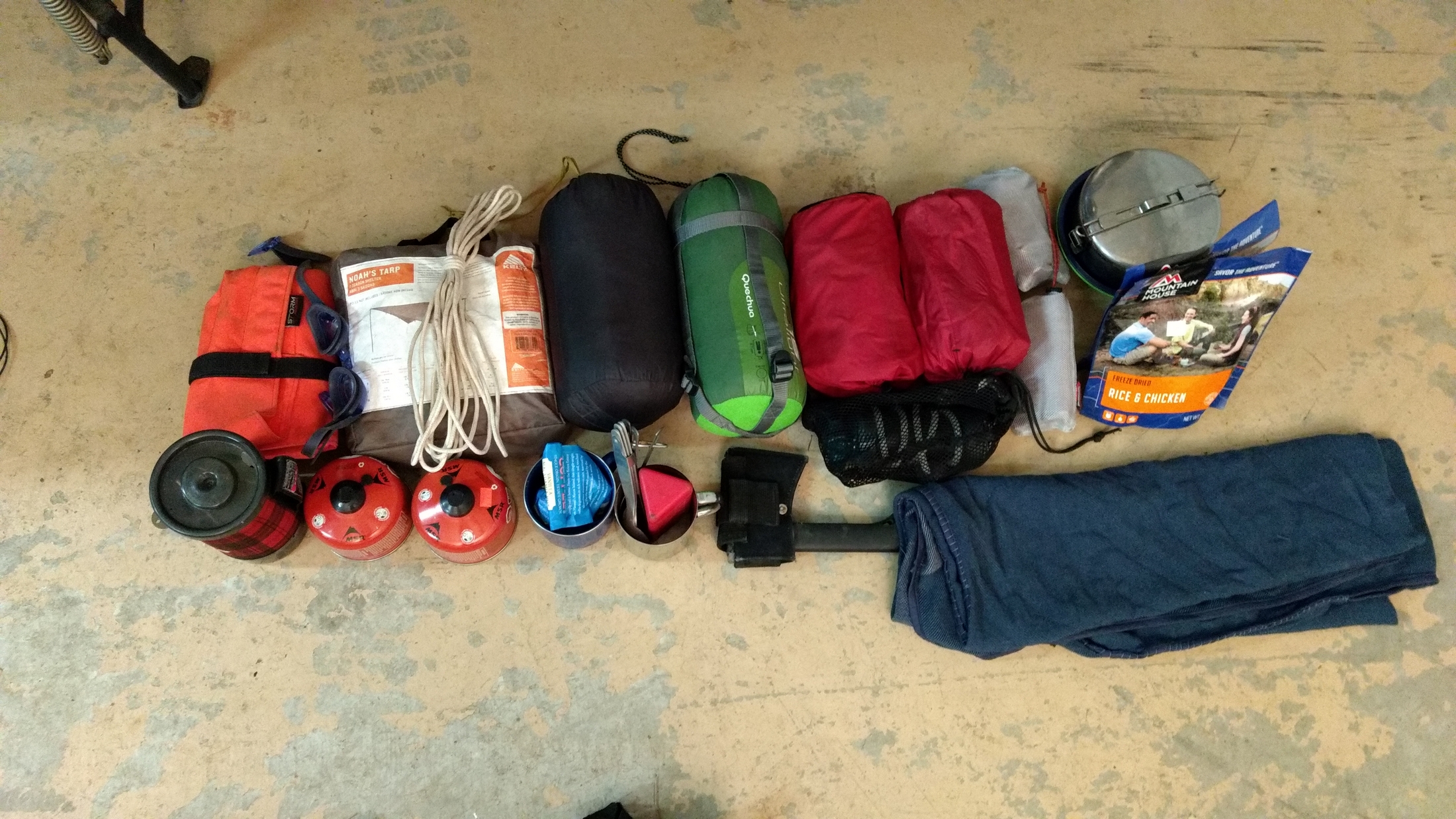

There will usually come a point where you will begin ‘the cull’ and remove the non-essentials from your kit. Do you really need an extra sweatshirt, or can you wear your riding jacket if it’s cold? Being creative with your packing can also be a huge space saver – I like to strap my water shoes to the crash bars. They don’t fit well into a pannier and I don’t care if they get wet on the ride.
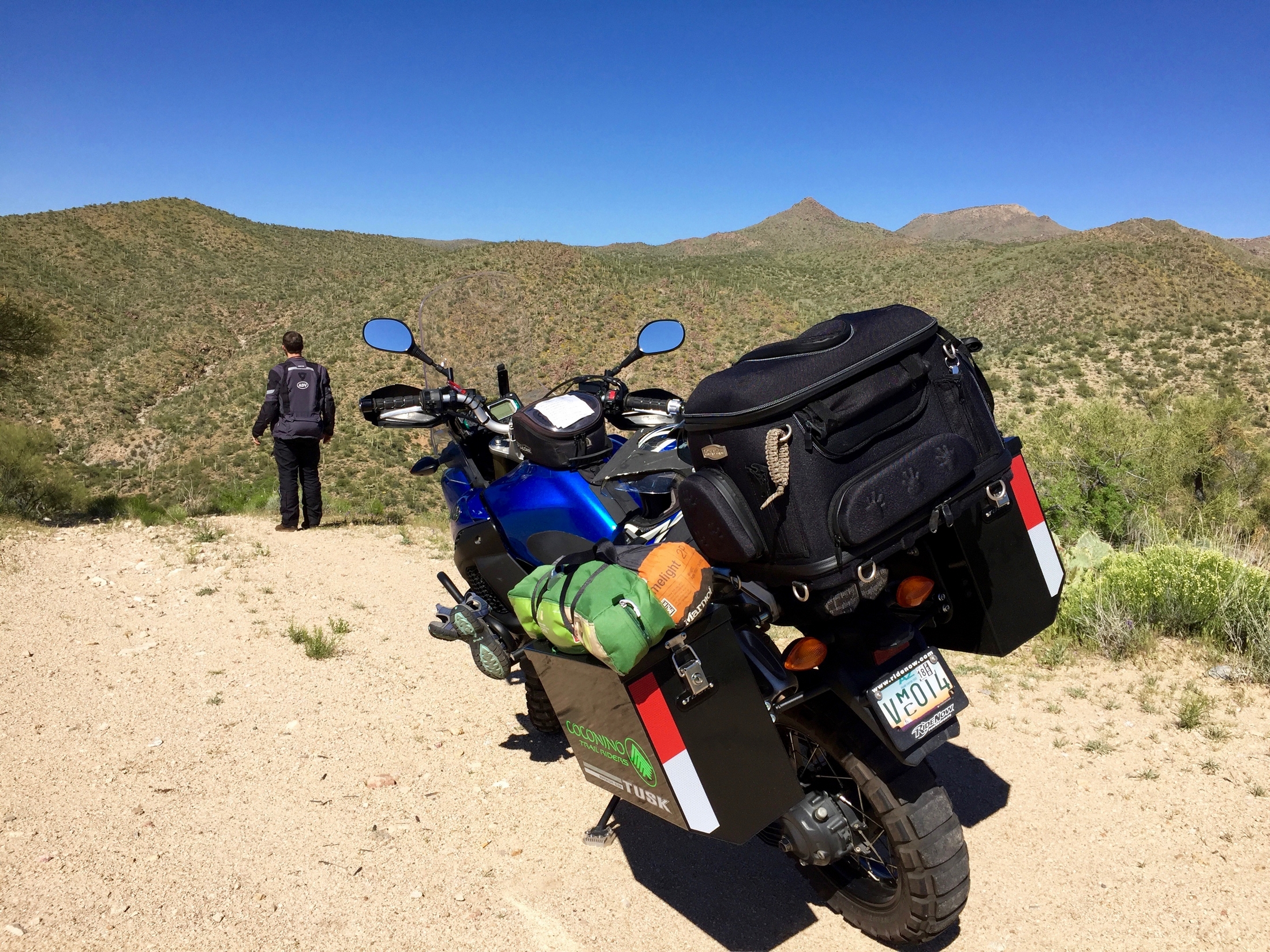
If you have a mechanical in the boonies, the ability to fix it yourself can be worth the bike’s weight in gold. On the flip side, if your bike is in good order, are those tools dead weight and taking up valuable space? If you’re traveling in a group, coordinate on what kit you’re bringing. You don’t need six tire irons to fix a puncture. Being meticulous with bike maintenance goes a long way to prevent mechanicals on your ride. Know what might break on your bike, and know how to fix that that potential problem. Practice using the tools you’ll bring to work on the bike and you’ll quickly fill the voids and cull the chaff.

Now that you’ve spent all this time collecting, organizing, planning, and packing your kit, you need to take a minute to make a very important, yet often overlooked setup adjustment to your bike. You’re strapping somewhere between 40 and 200-plus pounds to the rear of the bike, more if you’re carrying a passenger (pillion). Your rear suspension will sag more, and this will throw off the handling of the bike. If you’re really overloaded, your suspension can bottom out harshly and that can result in you getting a soil sample. On some bikes a simple preload adjustment and some additional rebound and compression damping will suffice. Other bikes will require a spring swap to properly handle the additional weight. Take the time to figure out what adjustments you need to make to have your suspension properly setup for the weight you’ve added.

Packing for moto trips is process that you’ll find yourself continually refining. Take note of what works well for you and apply that to your packing for each successive trip. You will quickly find your sweet spot of comfort and convenience, and no matter what the adventure throws at you, you will be ready to enjoy each and every moment. If you’ve got some tips to share, please post them in the comments!
